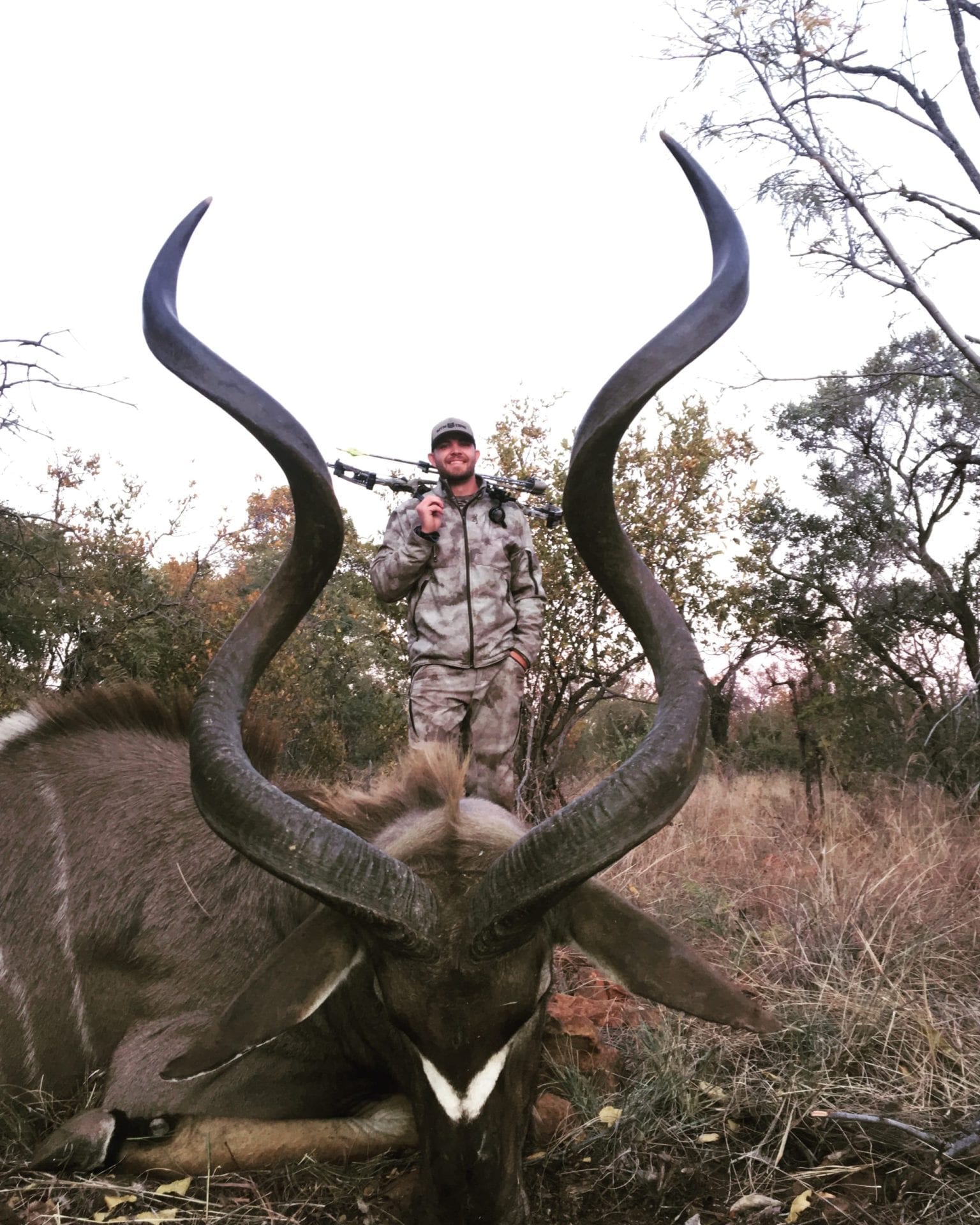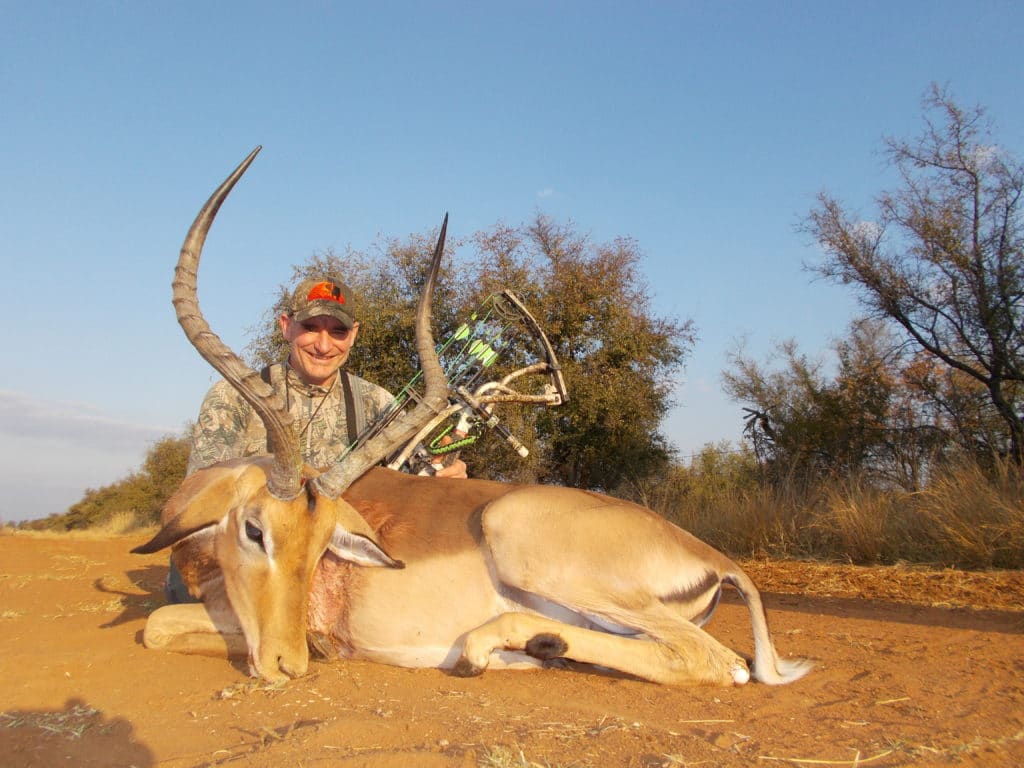Africa is well-known for its diverse and abundant wildlife. While many may be familiar with the big five, and the amazing array of plains game antelope species, there are also numerous lesser-known species that are just as fascinating. Among these are the forest dwelling antelope, a group of species that are adapted to living in the dense forests of Africa. In this article, we will explore the unique features and behaviors of some of the most interesting forest dwelling antelope in Africa.
Forest Dwelling Antelope of Africa
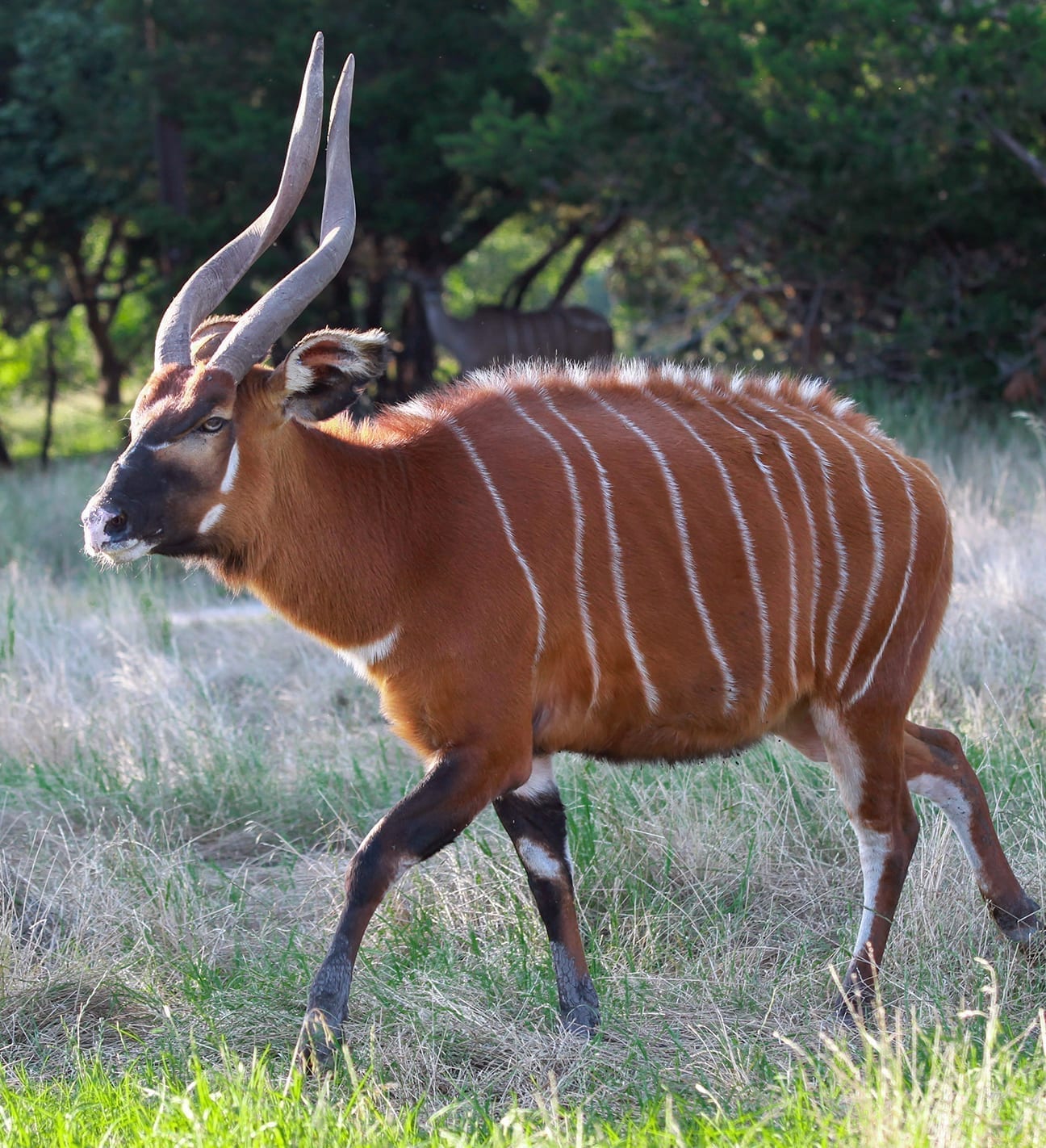
Bongo
With its striking physical appearance and shy nature, the bongo is one of the most well-known forest dwelling antelope. Bongos are considered one of the most challenging animals to hunt due to their elusive nature and habitat in dense forests. Part of the spiral horned antelope, they are a popular big game species among hunters.
Bongo hunting is limited to a few countries in Africa, including Cameroon, Central African Republic, Congo, Gabon, and Uganda. These countries offer different hunting experiences, from dense rainforests to savannas, and each has its own set of regulations and permits. Some of the most popular bongo hunting destinations include:
- Bili-Uere Hunting Reserve in the Democratic Republic of Congo
- Lobéké National Park in Cameroon
- Dzanga-Sangha National Park in the Central African Republic
- Odzala-Kokoua National Park in Congo
- Kabwoya Wildlife Reserve in Uganda
The best time to go bongo hunting varies depending on the country and location. In general, the dry season is preferred as it offers better visibility and access to the forest. The dry season in most African countries runs from December to February and from June to August. Bongo hunting is often done on foot, and hunters must be prepared to trek through dense forests for extended periods. The most common hunting technique is spot-and-stalk, where hunters locate bongos from a distance and then move in for a closer shot.
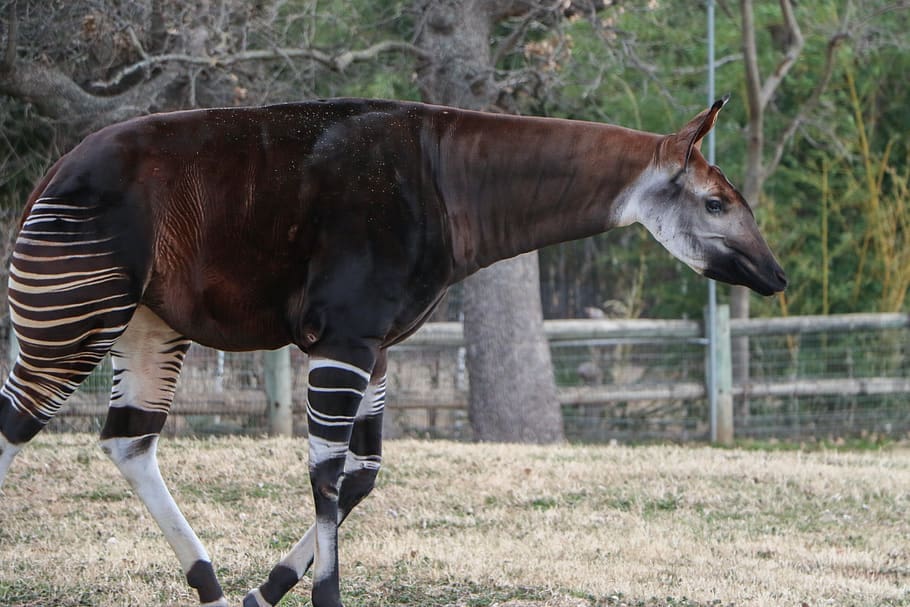
Okapi
With its zebra-like stripes and long tongue, the strange looking okapi is often mistaken for a relative of the giraffe. The species is currently classified as Endangered on the IUCN Red List due to threats across its range in the DR Congo which include illegal hunting, forest loss and human encroachment. The wild population of okapi is currently unknown, but may only number a few thousand today. The Okapi Conservation Project is protecting the endangered okapi and its rainforest habitat through a holistic approach to conservation.
The best source of Okapi Hunting is the book by Cuthbert Christy “Big Game and Pygmies” – several Chapters about Okapis. The book by Tony Sanchez-Arino “Claws and Fangs” also has a chapter about historial Okapi hunts. If you’re interested, we also suggest you read Attilio Gattis books like “South of the Sahara” – he captured Okapis in the 1930s.
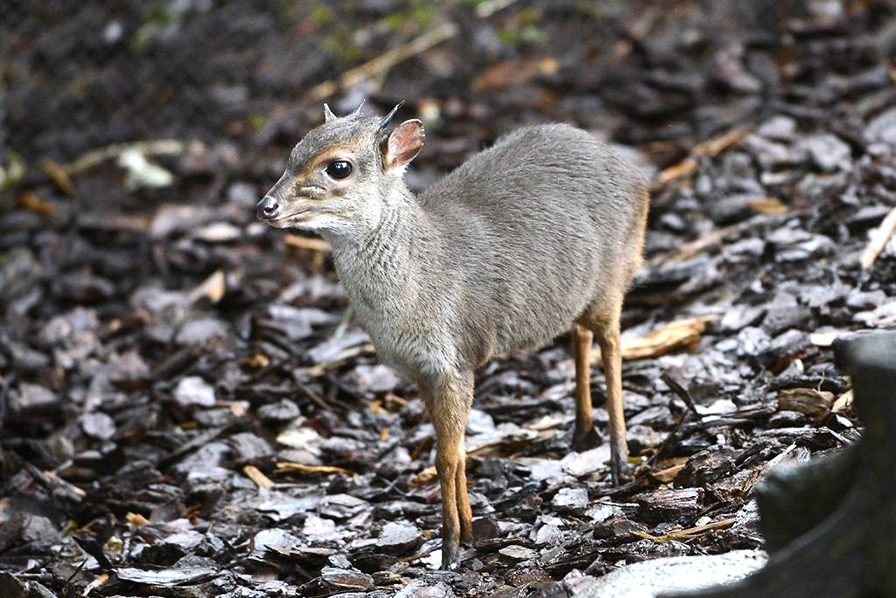
Duiker
The duiker tribe includes several species, is a group of small antelope with distinctive horns and a preference for dense cover. Duikers are generally small antelopes that can be divided into 2 groups – those that inhabit African rainforests, of the Cephalophus type and those who inhabit savanna bush areas, the Sylvicapra duikers. For this article we are only referring to the forest dwelling antelope of Africa.
- The blue duiker, with its bluish-gray coat and solitary behavior, is a master of camouflage. It is the smallest species of duiker, and member of the Tiny Ten.
- The yellow-backed duiker, with its bright yellow fur and preference for swampy areas, is a rare sight in the wild.
- The zebra duiker, with its striped legs and black and white face.
- The Harvey’s duiker is a rare and elusive species that is only found in a few forested areas of West Africa.
- We have the bay duiker, which is a medium-sized antelope that is often found near water sources.
- The white-bellied duiker, with its distinctive white underbelly, is a nocturnal antelope that is found in the rainforests of Central Africa.
- The Walter’s duiker, with its reddish-brown coat and short horns, is a species that is endemic to the rainforests of West Africa.
- Finally, the Peters’s duiker, which is a small antelope with a reddish-brown coat and distinctive white spots, is found in the dense forests of Central Africa.
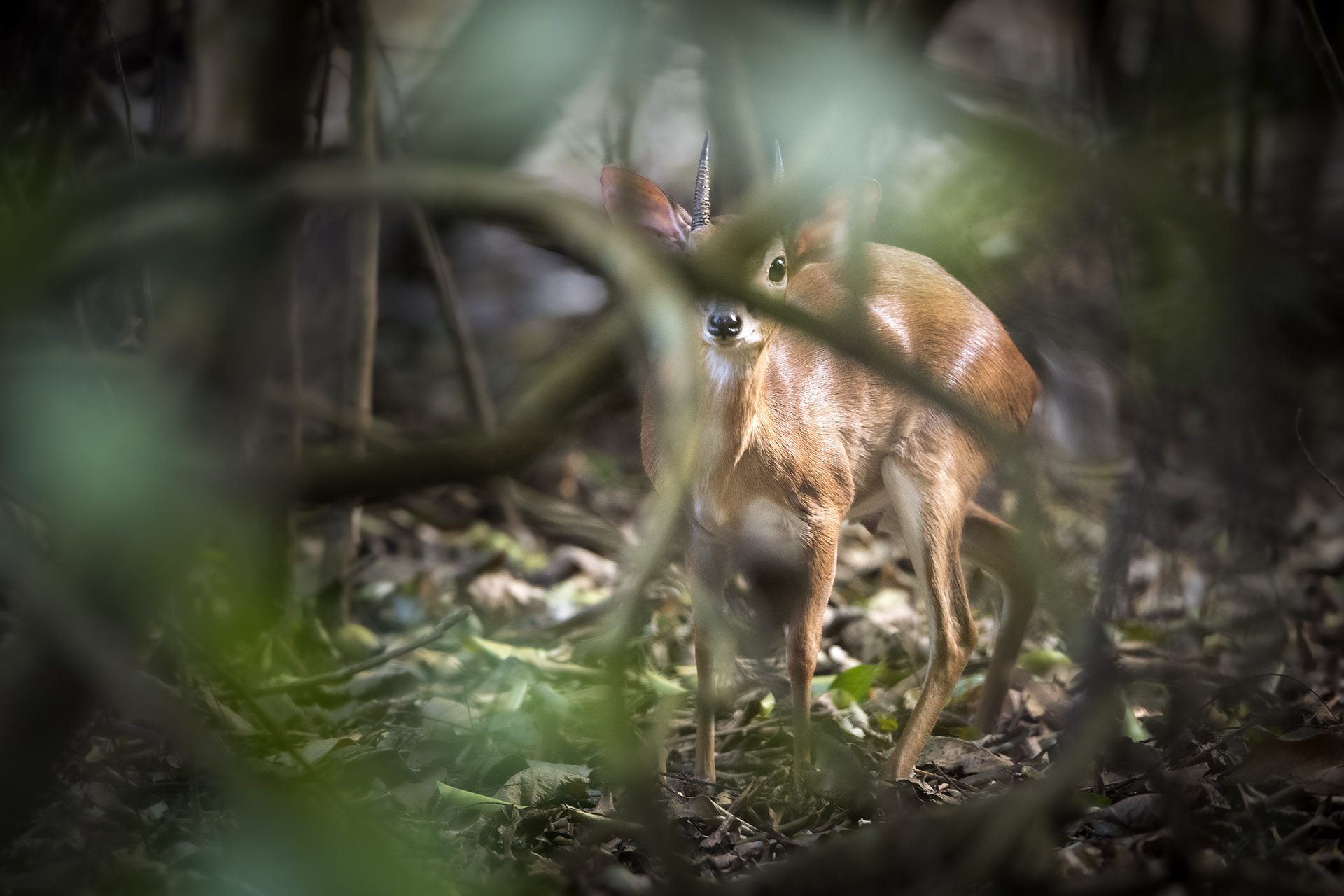
Suni
This member of the Tiny Ten has a unique posture and is one of the smallest antelope in Africa. Suni ar found across much of eastern Africa from the coastal regions of KZN, South Africa, through Mozambique into eastern Tanzania and Kenya. The East African suni range ends north of the Zambezi river in Mozambique and the Livingstone’s suni range starts south of the Zambezi river.
- You can hunt the larger Livingstone’s suni in Mozambique and in South Africa. The Livingstone’s suni range crosses into Zimbabwe in the far north-east and south-east but it is not commonly hunted there. If you are a serious SCI record book suni hunter, hunting in northern Mozambique, be aware you could be hunting an East African suni which SCI will class as a Livingstone’s suni record.
- You can hunt an East African suni in eastern Tanzania, including in the Selous.
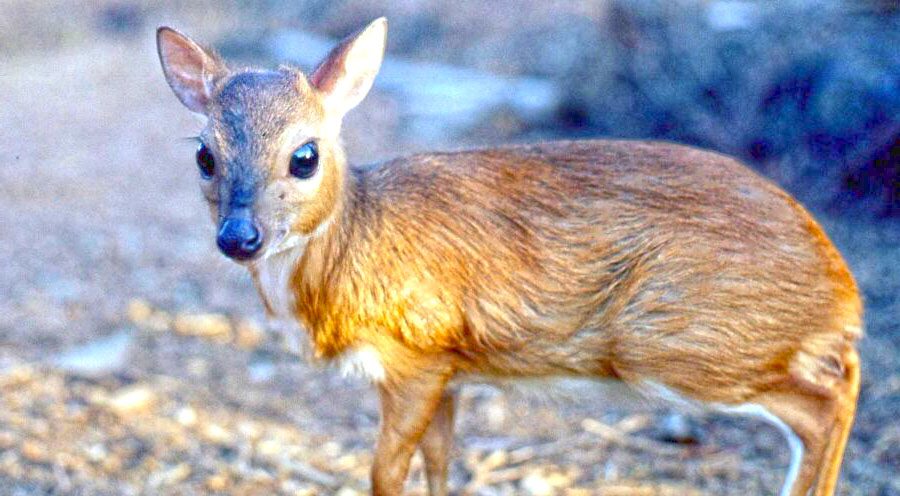
Royal Antelope
With its diminutive size and elusive nature, is often called the “mouse deer” of Africa. This smallest of all antelope species, this animal is so special that in the old days and hunters who were lucky enough to get a Royal antelope were required to present it to the king – hence the name Royal antelope. Ghana is the only country where this incredible tiny trophy can be hunted.
While the forest dwelling antelope of Africa may not be as well-known as their savanna-dwelling counterparts, they are no less important.
Many of these species are threatened by habitat loss and poaching, and conservation efforts, especially those led by hunting organizations like SCI are crucial to their survival. By learning about these unique creatures and supporting conservation efforts, we can help ensure that they continue to thrive in the forests of Africa.
In conclusion, the forest dwelling antelope of Africa are a diverse and fascinating group of species that are adapted to life in the dense forests of the continent. From the bongo and okapi to the numerous species of duiker, each of these antelope has its own unique physical and behavioral characteristics. By learning about these species and supporting conservation efforts, we can help ensure that these important animals continue to thrive in their natural habitat.
If you would like to experience an African hunting safari, contact us today for more information.
Live Like You Mean It
Contact Us
We've helped thousands of OI clients plan their adventures
Our team of professional consultants are ready to help you research, book and plan an amazing trip with one of our amazing outfitter partners around the world.
I didn't think an experience like this was possible.
This trip, was, for me at least not just a trip, for me it was a real adventure, a real experience. I love the wilderness and this trip afforded me the opportunity to connect with the Alaskan wilderness in ways very few people do. It was an experience I will never forgot in a place I can’t wait to get back to.Oliver Fischer
The outfitter handled everything perfectly.
We were thankful that Outdoors International hooked us up with a great outfitter because they were able to find us an acceptable alternate on short notice. Overall the two year process to get this float in was seamless and worry free. Just like it should be.Thank you, Stan Masneri
What an amazing experience!
The lodge was out of this world! Our rooms, the delicious food, the incredible wildlife and the scenery were amazing. Our photo safari guide was truly exceptional and had us on animals almost constantly. We saw over 30 different species and had some incredible up close experiences. Africa is amazing!Scott Navares
Copyright 2005-2025 © Outdoors International™ · All Rights Reserved.




